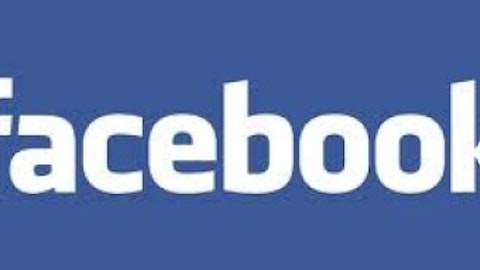Since the iPhone’s release in 2007, Apple Inc. (NASDAQ:AAPL) held the enviable position as “the cool kid on the block.” And even as Apple shares plunge, I continue to hear that a turnaround is soon “coming to a broker near you.” I concede that a turnaround may be in Apple’s future, but it isn’t imminent. Not by a long shot.
For evidence, we should look at Apple Inc. (NASDAQ:AAPL)’s Taiwanese manufacturing partner Hon Hai Precision Industry. Recently, the firm began to aggressively search for new contracting opportunities. Before, Hon Hai thrived by producing iPhones and iPads for Apple. Now, however, as competition weakens Apple Inc. (NASDAQ:AAPL), Apple’s manufacturers are also starting to hurt.
In the words of a Hon Hai executive:
As our production capacity has grown to such a large scale and existing major-brand customers offer limited order growth, we need to actively expand our client base to help increase our manufacturing volume. (Emphasis added.)
That major brand is Apple Inc. (NASDAQ:AAPL). And the limited order growth? iPhone.
iPhone losing glamour
At first glance, it may seem that Google Inc (NASDAQ:GOOG)’s Android is playing catch-up to the iPhone. Not the case. As of the most recent quarter, Android has 52% of the US market while Apple Inc. (NASDAQ:AAPL) is down to just 37%. A look at the global market reveals an even bigger problem for Apple: As of the first quarter of 2013, Android commands 75% of the global market, up from 59% a year ago. Comparatively, Apple’s iOS has only 17%, down from 23% last year.

For Apple, the numbers are headed in the wrong direction. The company is fast losing ground in its core industry. If the iPhone 5 rollout is any indication, consumers aren’t all that impressed with what the iPhone has to offer. The pool of customers willing to buy the iPhone simply because it’s an iPhone is drying up, and Apple has failed to create a new design or other innovation. Adding a few whistles to the iPhone 5 and calling it the iPhone 6 won’t cut it this time. Sorry, Tim.
As consumers become disillusioned with the iPhone, they are opening their eyes to the features that Android has to offer (not to mention its more affordable prices). For example, in the past, Apple boasted a more complete app store. Now, Android has just as many – both companies offer over 800,000 applications to run on their respective platforms.
Keep an eye on the future, but heed the past
Last month, Microsoft Corporation (NASDAQ:MSFT)’s Windows Phone gobbled up 3.2% of global market share and jumped to third place, passing Research In Motion Ltd (NASDAQ:BBRY)’s BlackBerry. The change is significant because it shows RIM’s declining trend – just four short years ago Research In Motion Ltd (NASDAQ:BBRY) commanded over 40% of the smartphone market.
The Windows phone’s carrier, Nokia Corporation (ADR) (NYSE:NOK), decided to transition to a smartphones-only lineup. Nokia will no longer sell its feature phones, only the Windows Phone. Apple must remember that Nokia Corporation (ADR) (NYSE:NOK) still owns a good portion of market share in many parts of the world.
BlackBerry’s rapid decline from smartphone juggernaut to insignificant player should be a lesson to Apple executives. Even after the iPhone was released in 2007, RIM continued to gain market share in the US. RIM’s share peaked in 2009 at 41% while Apple had only 25%. Back then, it meant something to have a BlackBerry in your hand. If you had a BlackBerry, you were a businessman. You were important. And you could type faster.
But as the image wore off, RIM did not improve its phone enough to compete. RIM failed to realize that users value a phone for more than making calls and surfing the net – the phone is an extension of the person holding it.





